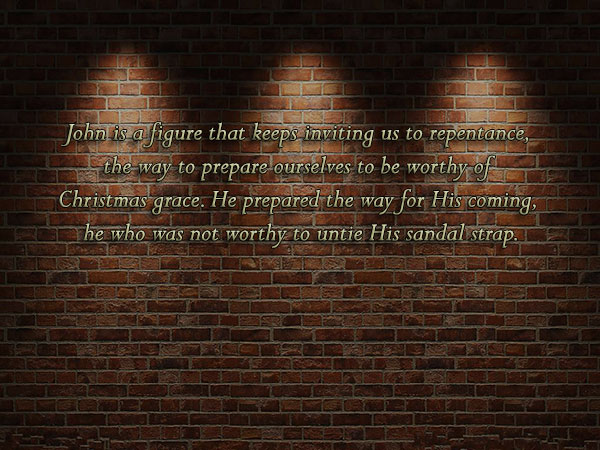
Pope Francis delivers his catechesis during the General Audience on 20 December 2017 (AFP or licensors)
By Christopher Wells
At his General Audience on Wednesday, Pope Francis continued his catechesis on the Holy Mass, beginning a series of reflections on the various parts of the liturgy.
The different elements of the Mass, including Liturgy of the Word and the Eucharistic Liturgy, with the introductory rites and the rites of conclusion, form a single body “and cannot be separated,” he said. Nonetheless, the Holy Father said he wanted to explain the various moments, “each one of which is capable of touching and involving a dimension of our humanity.”
“It is necessary to understand these holy signs,” he continued, “in order to fully live the Mass and to savour all of its beauty.”
Pope Francis began his catechesis with a consideration of the introductory rites, whose purpose is to ensure that the faithful, gathered together, “might form a community, and that they might dispose themselves to hear with faith the word of God and to celebrate the Eucharist worthily.”
He said it wasn’t good to arrive at the liturgy late, concerning oneself only with being on time to fulfill the obligation to attend Mass. Rather, we should plan ahead so that we arrive early, in order to “prepare our heart for this rite, for this community celebration.”
The actions of the priests and ministers at the beginning of the Mass, especially the veneration of the altar, are “very significant” the Pope said, although they risk going unobserved. They express, at the very beginning of the liturgy, “that the Mass is an encounter of love with Christ.”
Immediately following the veneration of the altar, the celebrant and the people make the Sign of the Cross, signifying that every prayer “moves, so to say, in the space of the Most Holy Trinity… it has as its origin and as its end the love of the One and Triune God, manifested and given to us in the Cross of Christ.” The Holy Father encouraged parents and grandparents to teach children to make the Sign of the Cross well, and to explain it to them that by crossing themselves they put themselves under the protection of the Cross.
The celebrant then offers a liturgical greeting, to which the people respond, “And with your spirit.” This, the Pope said, is the beginning of “a symphony,” where all those taking part in the liturgy recognize that they are “animated by a single Spirit, and for the same purpose.” This dialogue between priest and people “manifests the mystery of the Church gathered together.”
This leads immediately into “a very touching moment,” the penitential act, where all present consider their own sins, but more importantly, the Pope said, acknowledge themselves to be sinners. “If the Eucharist truly makes present the Paschal Mystery,” he continued, “the first thing we must do is to recognize what are our situations of death, in order to be able to rise with Him to new life.” This, he said, “helps us to recognize how important the penitential act is.”
Pope Francis concluded his catechesis with the promise to continue his considerations on the parts of the Holy Mass in his upcoming catecheses.










